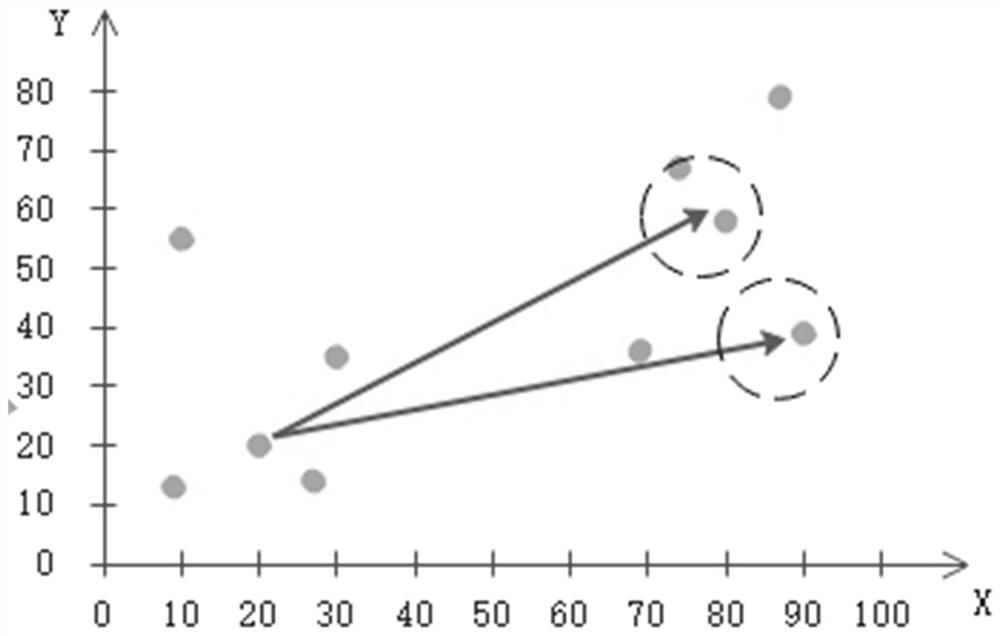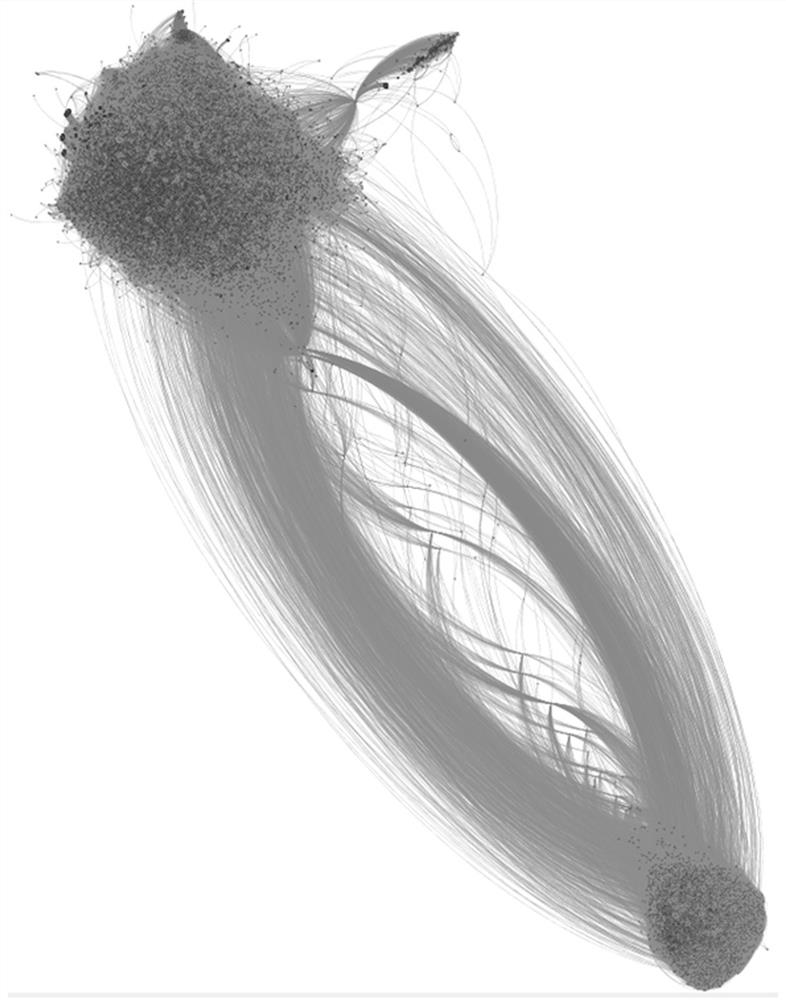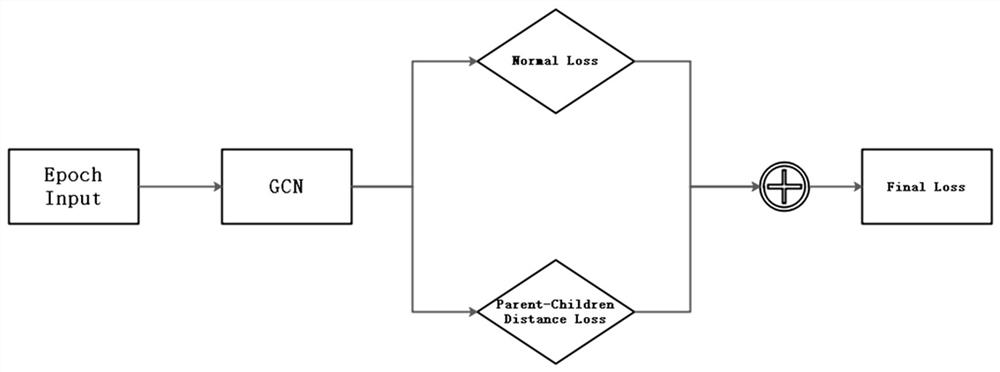PPI knowledge graph representation learning method based on protein family clustering
A knowledge map and learning method technology, applied in neural learning methods, text database clustering/classification, bioinformatics, etc., can solve many-to-many, multi-type and other problems that cannot be solved, and achieve the effect of ensuring the training effect
- Summary
- Abstract
- Description
- Claims
- Application Information
AI Technical Summary
Problems solved by technology
Method used
Image
Examples
Embodiment Construction
[0027] The present invention will be further described below in conjunction with the accompanying drawings and embodiments.
[0028] Such as figure 2 As shown, the vectorized representation diagrams of each entity in the protein interaction knowledge map obtained by using GCN and PBG for preliminary representation learning respectively are given. Regardless of the approach, the loss function used during training is critical to the effectiveness of representation learning. However, the loss function of existing models often only considers the distance between h+r and t of triplets in the vector operation of the entire graph, or only performs representation learning on a semantic plane, while ignoring some graphs themselves on the semantic ontology. The most typical and most important is the parent-child relationship. In a vector space, similar entities should be trained and their vector representations should be located close to each other in the vector space. As a subclass...
PUM
 Login to View More
Login to View More Abstract
Description
Claims
Application Information
 Login to View More
Login to View More - R&D
- Intellectual Property
- Life Sciences
- Materials
- Tech Scout
- Unparalleled Data Quality
- Higher Quality Content
- 60% Fewer Hallucinations
Browse by: Latest US Patents, China's latest patents, Technical Efficacy Thesaurus, Application Domain, Technology Topic, Popular Technical Reports.
© 2025 PatSnap. All rights reserved.Legal|Privacy policy|Modern Slavery Act Transparency Statement|Sitemap|About US| Contact US: help@patsnap.com



